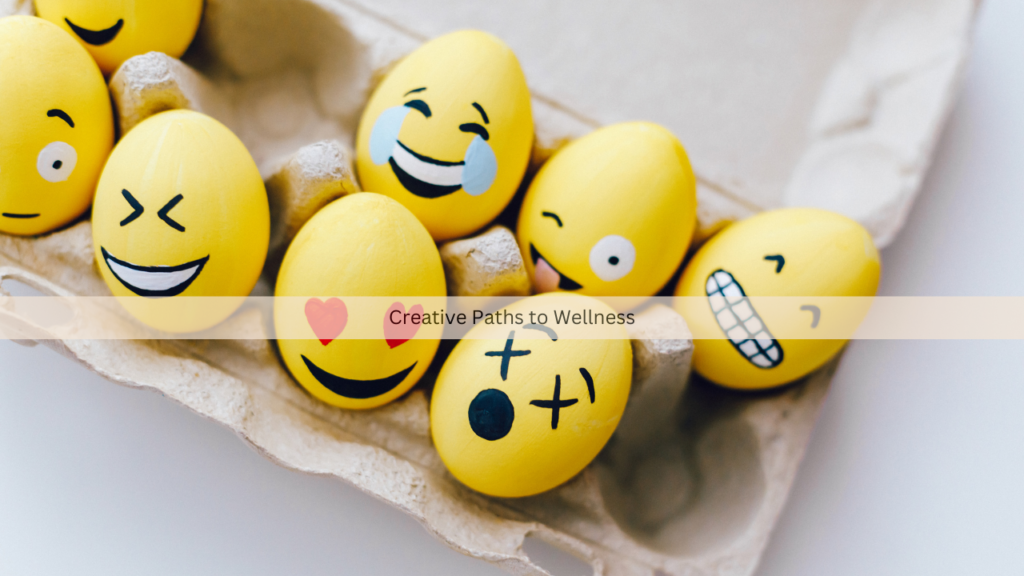
In recent years, the intersection of creativity and mental health has garnered increasing attention, revealing profound insights into how art and expression can significantly contribute to mental wellness. Creative paths to wellness emphasize that engaging in artistic activities is not merely a pastime but a powerful tool for fostering mental health recovery and enhancing overall well-being.
At its core, art provides a unique avenue for individuals to process and express complex emotions. For many, traditional verbal communication may fall short in capturing the depth of their experiences. Artistic expression—be it through painting, writing, music, or dance—offers a different language for conveying what is often inexpressible. This non-verbal form of communication allows individuals to explore and articulate their inner worlds in a way that can be both therapeutic and revealing.
One of the key benefits of engaging in creative activities is their ability to reduce stress and anxiety. When immersed in creative processes, individuals often experience a state of “flow,” characterized by deep concentration and immersion in the task at hand. This state not only diverts attention from stressors but also induces relaxation and a sense of accomplishment. Research has shown that activities like painting, playing music, or even crafting can lower cortisol levels, which are associated with stress. The act of creation becomes a form of active meditation, promoting mental calm and emotional balance.
Moreover, creative expression fosters a sense of empowerment and self-efficacy. Many individuals struggling with mental health issues may feel a lack of control over their lives. Art provides a space where they can make choices, experiment, and take ownership of their creations. This autonomy can be incredibly validating and empowering, helping to counter feelings of helplessness and boosting self-esteem. For example, writing a story or composing a song allows individuals to shape their narratives and explore solutions to their challenges in a safe and controlled environment.
The therapeutic value of creative expression extends to self-discovery and personal growth. Engaging in artistic activities often leads to insights that might not emerge through conventional self-reflection. For instance, journaling can help individuals uncover patterns in their thoughts and behaviors, providing clarity and understanding. Similarly, visual arts such as painting or sculpting can bring subconscious emotions to the surface, facilitating a deeper exploration of one’s internal landscape. This process of self-discovery is a critical component of mental health recovery, as it enables individuals to address and heal from underlying issues.
In addition to individual benefits, creative expression can foster a sense of connection and community. Group art activities, workshops, and collaborative projects create opportunities for social interaction and support. Sharing one’s creative work with others can be a validating experience, reinforcing the notion that one’s experiences and emotions are valued. These communal aspects of creativity help reduce feelings of isolation and build supportive networks, which are essential for mental health and recovery.
It is important to recognize that while creative expression offers significant benefits, it should complement, not replace, traditional mental health treatments. Art therapy and other creative practices can serve as valuable adjuncts to therapy and medication, providing additional tools for managing mental health. Integrating creative activities into a holistic approach to mental health can lead to a more comprehensive and personalized recovery journey.
In conclusion, creative paths to wellness illuminate the profound impact that art and expression can have on mental health. By offering alternative ways to process emotions, reduce stress, and foster personal growth, creative activities play a crucial role in mental health recovery. Embracing the arts as a means of self-expression and healing not only enriches individual lives but also builds a more empathetic and supportive community.